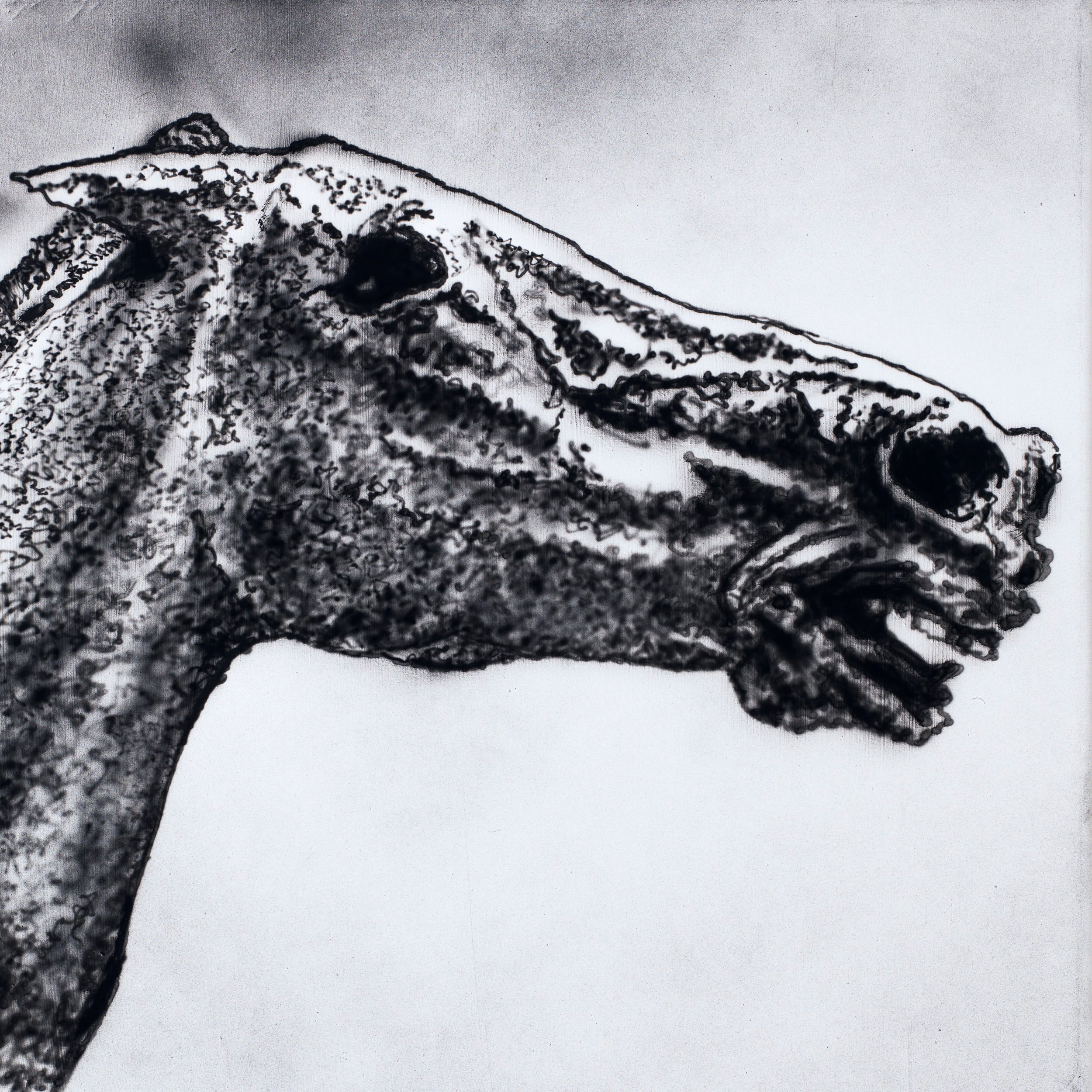
Horse head
Athens, 2013
Oil on canvas
50 x 50 cm, 2019
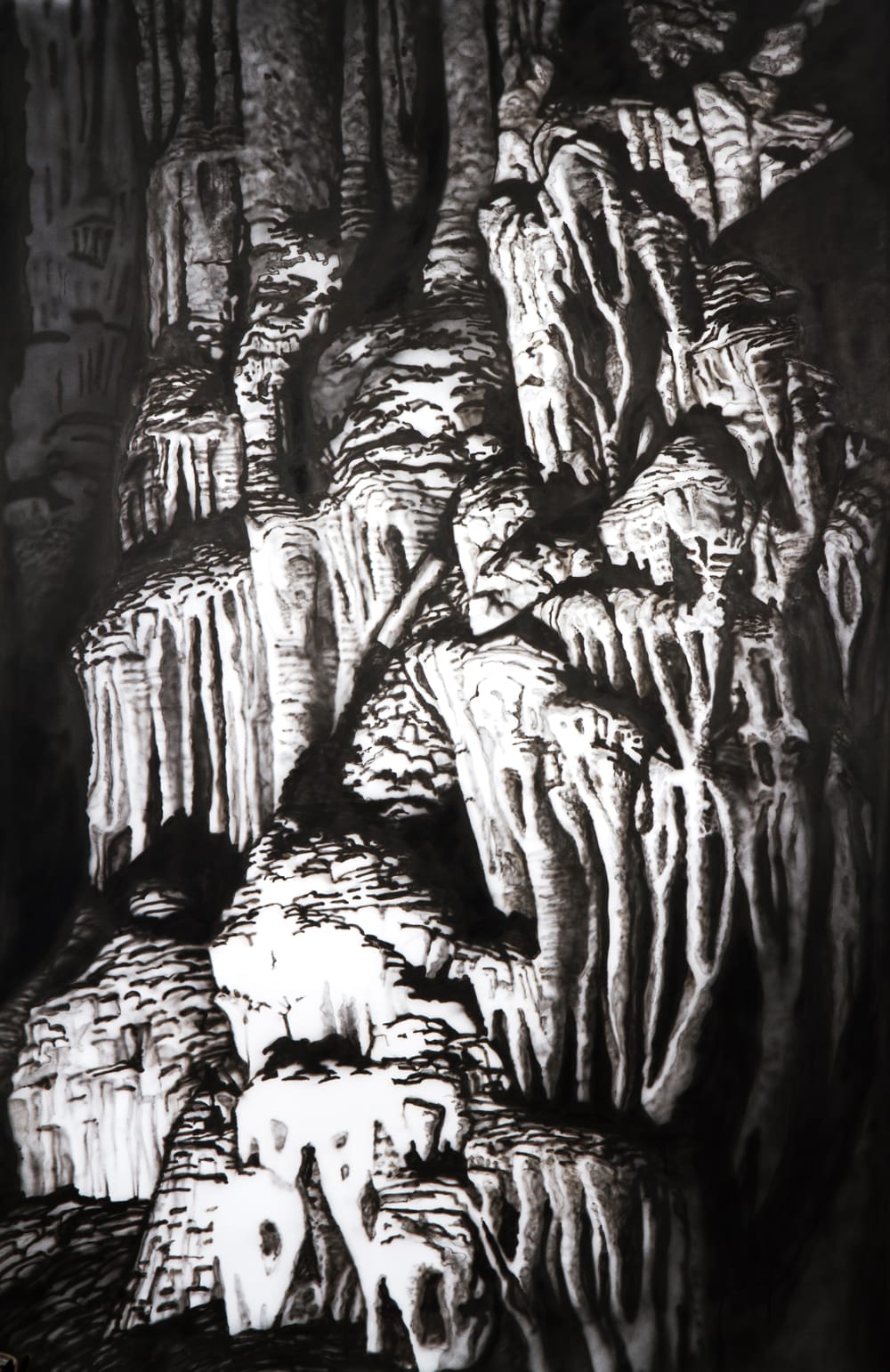
Dragon Caves, Big
Ink on paper
240 x 160 cm, 2017
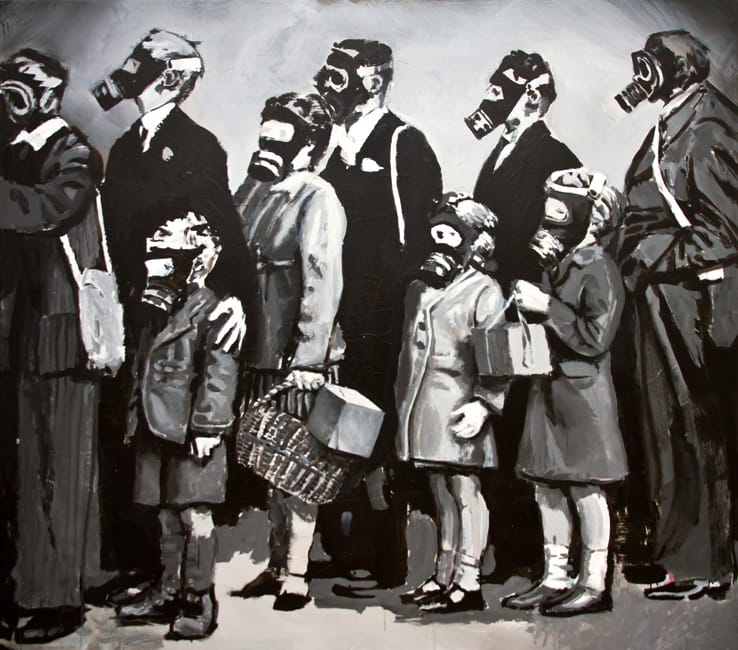
Test chamber
Acrylic on canvas
150 x 170 cm, 2014
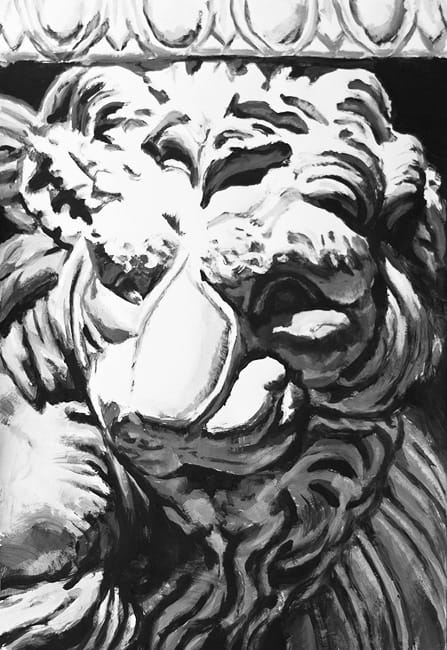
Lion
Gouache on paper
100 x 70 cm, 2013
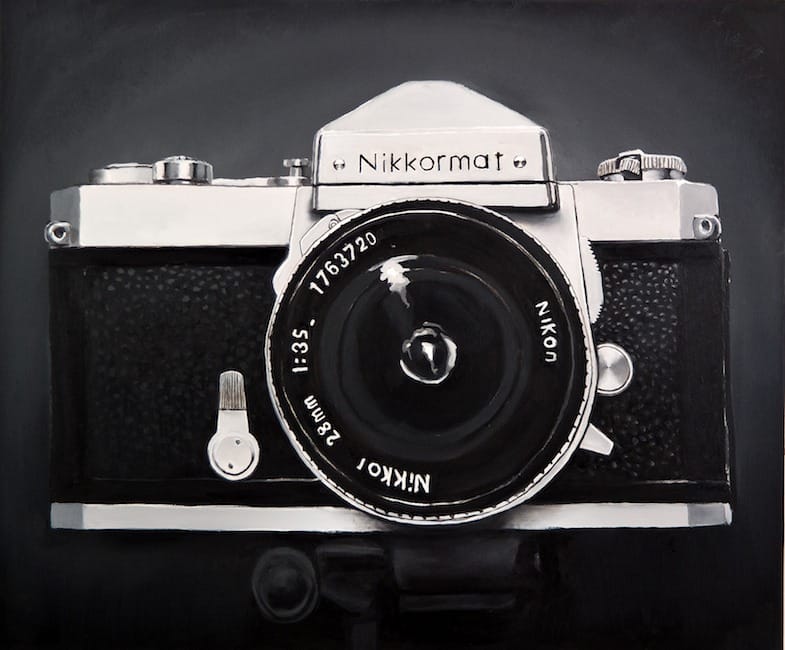
Nikkormat
Oil on canvas
100 x 120 cm, 2014
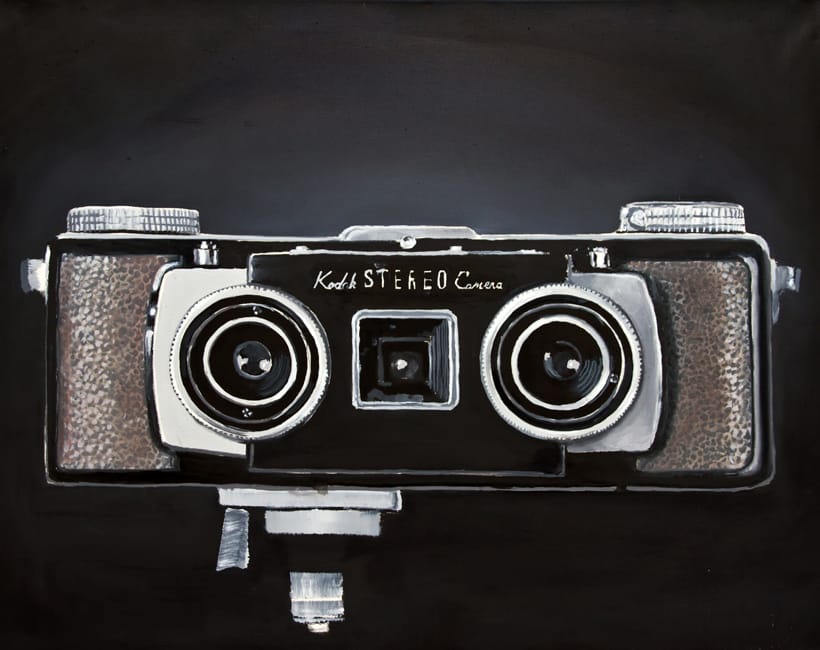
Kodak Stereo Camera
Oil on canvas
80 x 100 cm, 2014
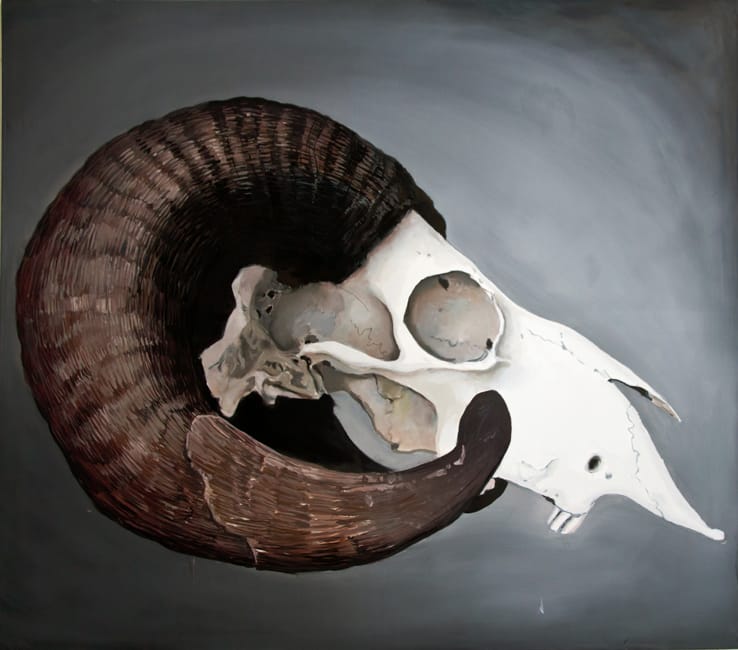
Ovis Orientalis
Oil on canvas
150 x 170 cm, 2014
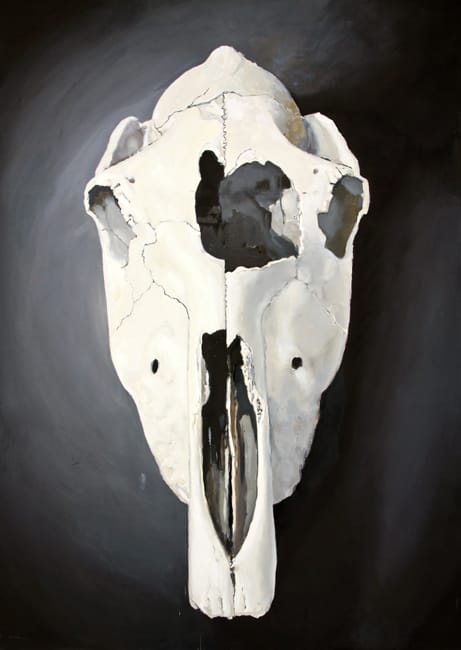
Equus Asinus
Oil on canvas
200 x 150 cm, 2014
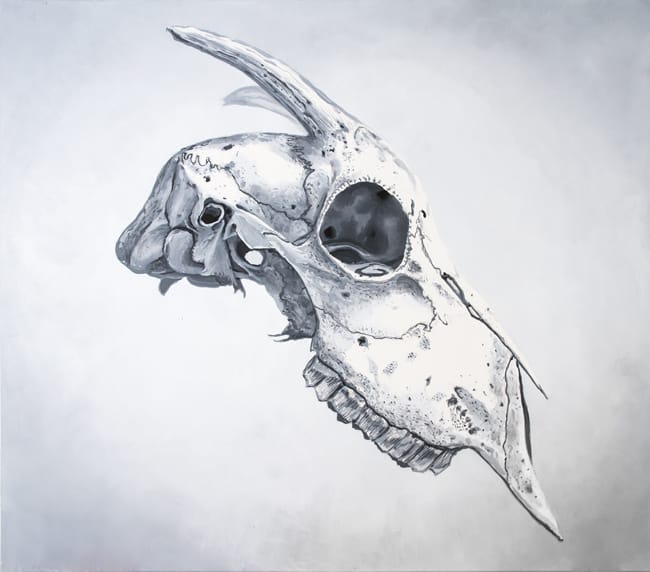
Capra Aegagrus
Oil on canvas
140 x 160 cm, 2015

Capreolus Capreolus
Oil on canvas
100 x 80 cm, 2014

Coturnix Coturnix
Oil on canvas
80 x 100 cm, 2014
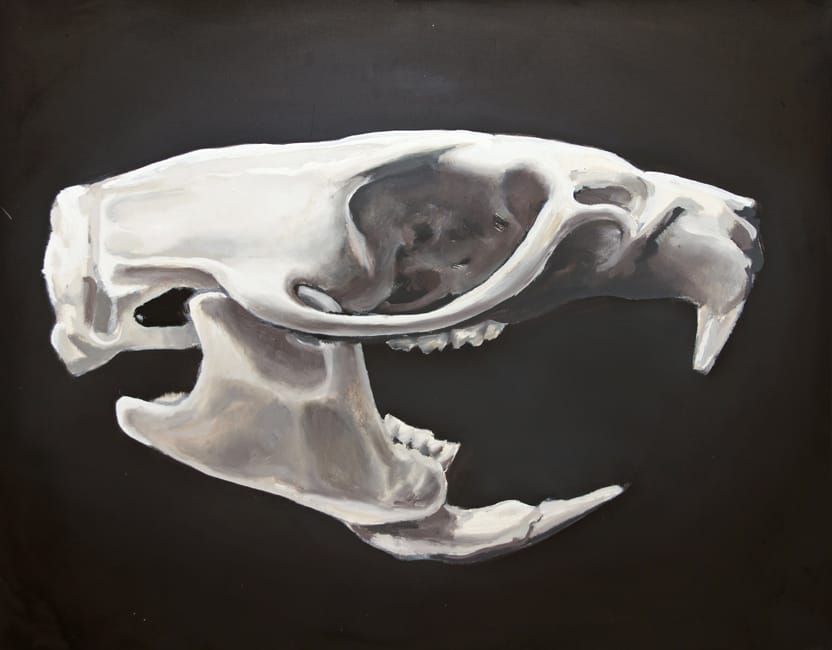
Rattus Norvegicus
Oil on canvas
80 x 100 cm, 2014
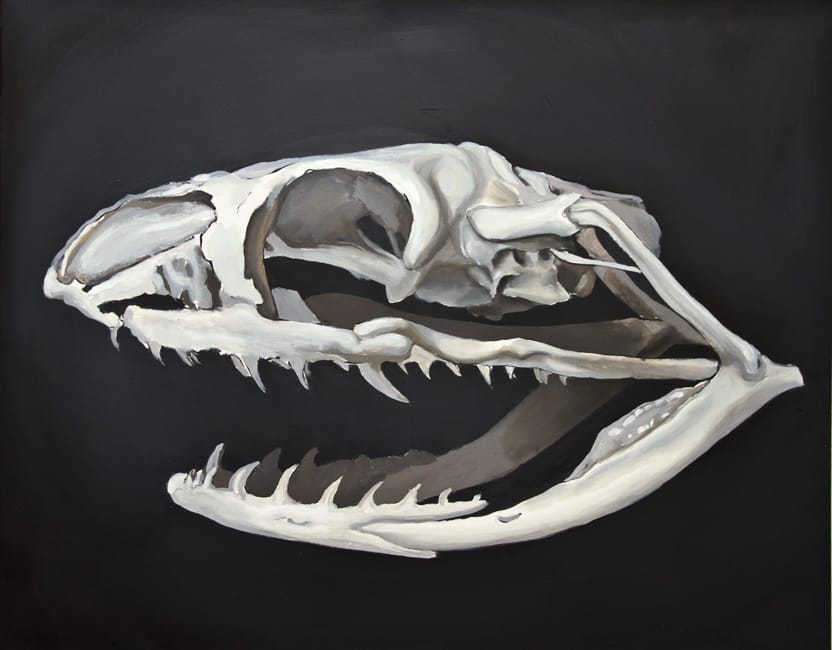
Leioheterodon Madagascariensis
Oil on canvas
80 x 100 cm, 2014

Tetrao Urogallus
Oil on canvas
80 x 100 cm, 2014

